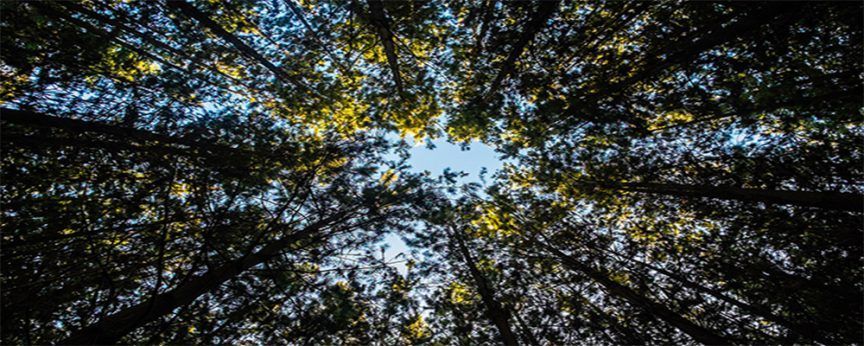Honoring Heroes: Traditions of a Military Funeral [PHOTOS]
When our veterans are laid to rest, the ceremony that follows is a solemn and sacred tribute—a moment when we pause to honor a life lived in service to us.
Military funerals are rich with time-honored traditions, each filled with symbolism and purpose. For the families of veterans, understanding these rituals can bring peace, pride, and a deeper sense of connection to a life of duty, honor, and sacrifice.
From the folding and presentation of the American flag to the sounding of “Taps,” the three-volley rifle salute, and personal tributes like coins or stones on gravestones, each tradition serves as a poignant reminder of a veteran’s sacrifice. Some ceremonies include unique honors like the missing man flyover or burial at sea. Whether solemn or symbolic, these rites offer closure and honor in equal measure.
The Flag-Draped Casket
One of the most recognizable military honors is the American flag carefully draped over the casket. The flag is placed so that the blue field of stars (known as the union) rests over the left shoulder, symbolizing the nation’s appreciation for the veteran’s sacrifice. This gesture reflects the service member’s unwavering dedication to the values the flag represents.
The Ceremonial Folding of the Flag
At the conclusion of the service, the flag is meticulously folded into a triangle—reminiscent of the hats worn by colonial soldiers. With sharp corners and careful movements, the folding is an act of respect and tradition. This is a very emotional moment in a military service.
The flag is then presented to the next of kin with these poignant words:
“On behalf of the President of the United States, the United States [Branch of Service], and a grateful nation, please accept this flag as a symbol of our appreciation for your loved one’s honorable and faithful service.”
The Sound of “Taps”
Few sounds stir the soul like “Taps,” the 24-note bugle call that signals a final rest. Traditionally played by a live bugler, the haunting melody honors the fallen and brings emotional closure to those left behind. When a bugler is not available, a ceremonial recording may be used—but the power of the moment remains.
The Three-Volley Rifle Salute
Often mistaken for the 21-gun salute, the three-volley rifle salute involves 3–7 riflemen firing three shots in unison. This custom dates back to the battlefields of old, where opposing sides would pause the fighting to recover their dead. The three shots would signal a return to combat. Today, the salute serves as a dignified farewell to a comrade-in-arms.
What Is the 21-Gun Salute?
Unlike the three-volley rifle salute, the 21-gun salute is reserved for the highest honors in military and state service. It is typically performed with artillery—not rifles—and is used to honor presidents, former presidents, foreign dignitaries, and top-ranking military officers. While rarely seen at funerals, it remains the most formal expression of military respect.
The Honor Guard
An official military honor guard is present at every eligible veteran’s funeral. At minimum, this includes two uniformed service members, one of whom represents the same branch of service as the deceased. The honor guard performs the flag folding, plays “Taps,” and offers the final presentation to the family.
Coins on the Gravestone
A moving tradition among veterans and those who visit their graves is the placement of coins:
- Penny – You visited.
- Nickel – You trained with the deceased.
- Dime – You served with them.
- Quarter – You were with them when they passed.
These tokens silently tell the family that their loved one’s legacy lives on in the hearts of their brothers and sisters in service.
Placing Stones on Graves
Originating in Jewish mourning customs but embraced by many, placing a small stone on a headstone or grave is a symbol of remembrance and permanence. Unlike flowers, which fade, a stone endures—showing that someone visited and that the memory of the departed is still strong. It is a quiet, respectful act of tribute that transcends faith and culture.
The Missing Man Flyover
Reserved for pilots or highly distinguished officers, the missing man formation is an aerial salute in which one aircraft pulls away from the formation—leaving a visible gap to represent the fallen. This rare and dramatic tribute underscores the loss of a cherished warrior among their peers.
Burial at Sea
For veterans of the Navy, Marine Corps, or Coast Guard, a burial at sea is an option steeped in tradition and maritime honor. Carried out by naval personnel, this ceremony includes the commitment of remains to the ocean, often accompanied by a final salute, the playing of “Taps,” and a reading of Scripture or naval rites.
Custom Military Headstones
The U.S. Department of Veterans Affairs provides military headstones or markers at no cost. These typically include:
- Name, rank, and branch of service
- War service (e.g., Vietnam, Korea)
- Medals or honors received (e.g., Purple Heart, Bronze Star)
- Religious symbol (from an approved list)
- Optional inscription chosen by the family
Contact Tharp Funeral Home
Every military funeral is both a farewell and a salute—a promise that the service and sacrifice of the fallen will never be forgotten. These traditions are not just rituals; they are sacred gestures of gratitude, each one reminding us that freedom has a price, and someone we loved paid it.
At Tharp Funeral Home , we are honored to help families navigate these traditions with dignity, care, and respect. If you have questions about arranging military honors, we are here to guide you every step of the way. Contact Us Today






